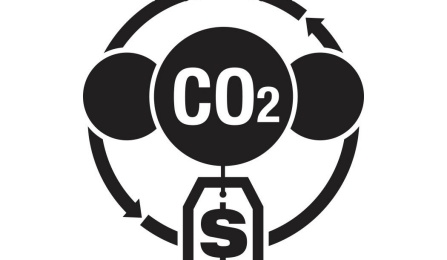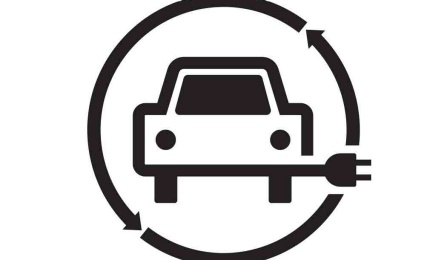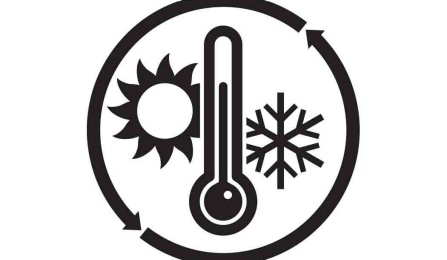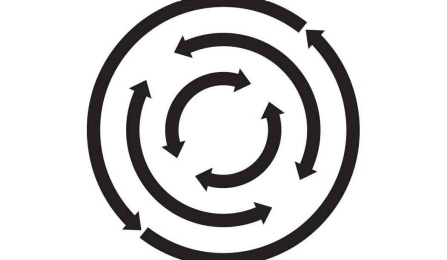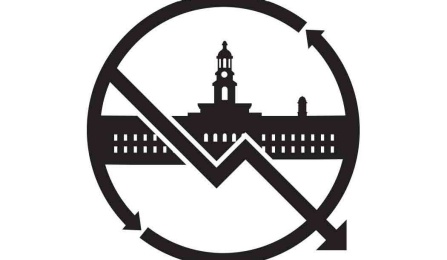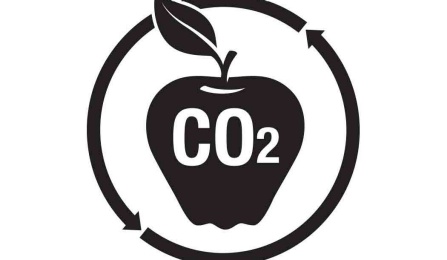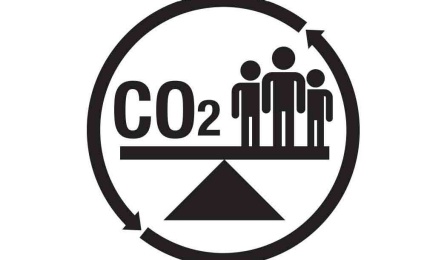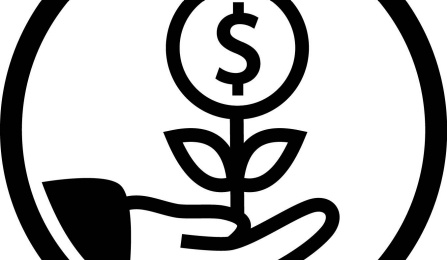Carbon pricing makes polluters accountable for greenhouse gas emissions. Implementing it at UB will drive us to make necessary changes for a better future.

Ten Years. Ten Strategies.
UB’s 10 in 10 is a roadmap of innovative, engaging and digestible steps we are taking to increase climate action throughout the university and put us on a path to net zero emissions by 2030. These initiatives represent a synthesis of ideas expressed by a diverse array of stakeholders through a robust campus engagement process. They also form a framework for our implementation efforts with each of the ten categories corresponding to a working group advancing action within the area.
Electricity now comes from cleaner renewable sources like hydropower, geothermal, wind and solar. These naturally replenished sources produce little to no emissions, decreasing climate change's adverse effects. UB generates and purchases 100% of its electricity from renewable sources through direct onsite solar (one of the nation's largest on-campus producers), offsite solar generation and renewable energy credits.
UB plans to transition our fleet of 500 vehicles to electric ones by not buying internal combustible engine vehicles after 2025. This move will help reduce our carbon footprint and improve campus safety through automation. We believe that electric vehicles are more dependable, competitively priced, and can operate on renewable energy sources. Our goal is to eliminate the need for fossil fuels in all future mobility purchases.
Achieving year-round comfort requires energy and investment. However, conventional heating and cooling systems are inefficient and contribute to environmental degradation. To reduce our carbon footprint and promote sustainable energy use, we must switch to zero-carbon options like energy-efficient heat pumps that run on clean energy to regulate indoor temperature.
Rethinking the materials we purchase, use and dispose of is a key component of our journey to achieve climate neutrality, protect our environment and reduce inefficiencies here at UB. Through our circularity and zero waste efforts we are working to minimize the amount of waste and pollution generated and consumed on campus in an effort to achieve 90% diversion by 2030.
Technology is constantly advancing in infrastructure efficiency. Utilizing these new tools and mechanisms will help UB lessen its greenhouse gas impact. Our university will inventory and prioritize upgrades to our electricity and water systems that will reduce consumption across all our campuses.
We can all drive our campus closer to carbon neutrality by making individual changes like using public transportation, eating less meat, and being more mindful of office purchases. The university will work to create tools and opportunities to help foster these sustainable behavioral changes and strengthen a culture of stewardship across the campus.
UB will study our food systems to reduce their carbon impact and aim to reduce food-related carbon emissions by 50% by 2030. Small changes in our diet, like reducing meat consumption, can make a positive impact on the environment.
Sometimes, it may not be entirely feasible to eliminate greenhouse gas emissions, such as in the case of air travel. However, UB has developed localized carbon offset programs aimed at reducing an equivalent amount of carbon emissions, enabling UB to attain carbon neutrality by 2030 by implementing adequate carbon offsets.
There is power in moving the market through environmental, social and governance investing to become more sustainable and just. This can be done through directly engaging with companies with climate advocacy to change their behaviors or divesting in them completely. The responsible investment committee will advise the UB Foundation on stewarding our resources in a way that aligns with university values.
